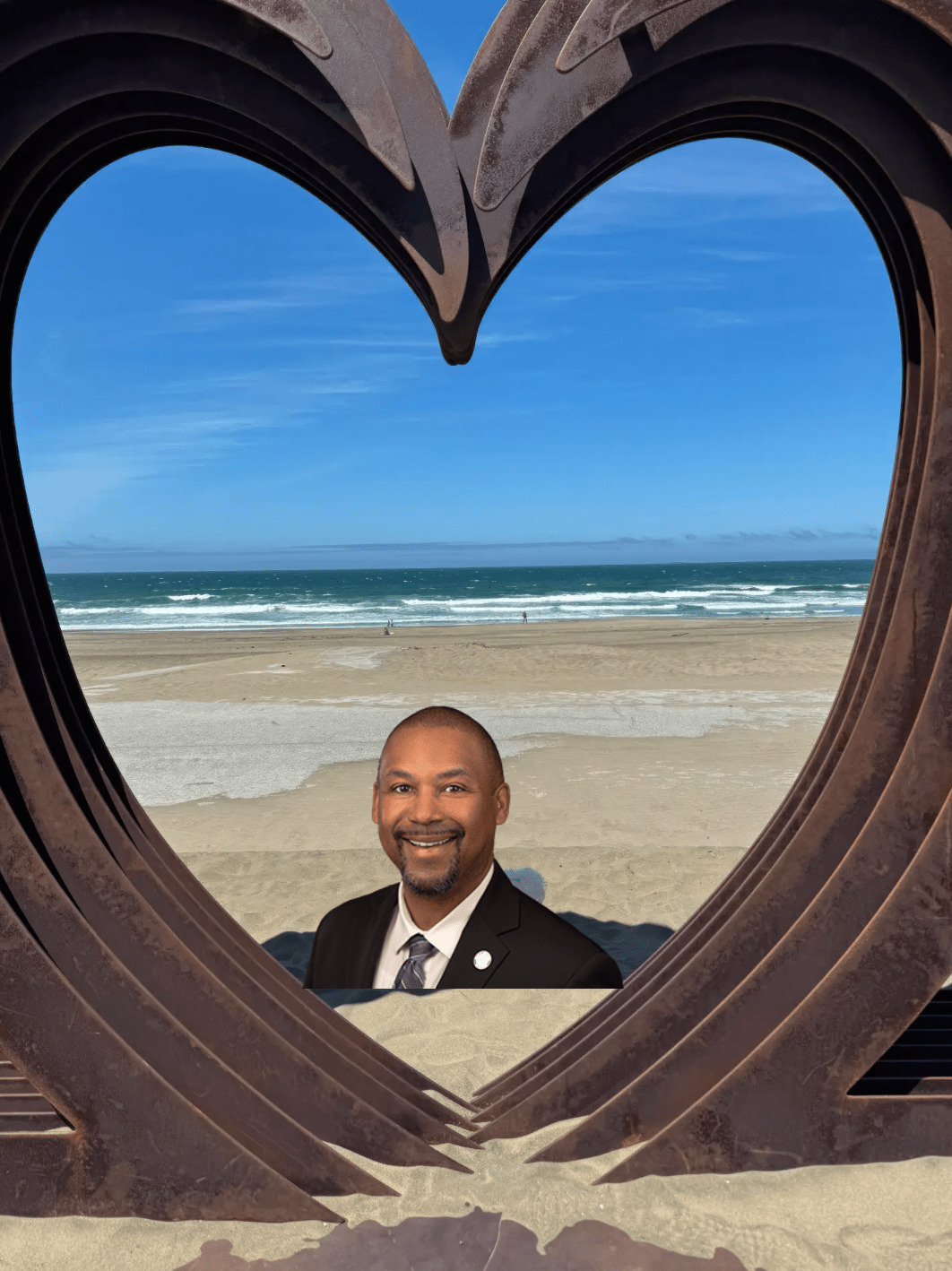Have you ever heard someone say that building a new transit line will increase ridership by so many thousands of riders?

Jarrett Walker at Human Transit calls folks who subscribe to that idea "infrastructurists," and he says it's a mistake to attribute too much importance to physical infrastructure. In the end, it's service -- which can be facilitated by new infrastructure -- that influences ridership.
The "infrastructurist" mentality was on display, Walker says, in a recent study published by the Transportation Research Board, which Streetsblog covered in July. The authors examined why some transit lines attract more riders than others.
Based on the transit lines they studied, the authors did not find that speed, frequency, and reliability "individually had a statistically significant effect on ridership." But Walker says there's plenty of evidence demonstrating the effect of service quality on ridership:
While this dataset of new infrastructure projects is too small and noisy to capture the relationship of speed, frequency, and reliability to ridership, the vastly larger dataset of the experience of transit service knows these factors to be overwhelming. What's more, we can describe the mechanism of the relationship, instead of just observing correlations: Speed, frequency, and reliability are the main measures of whether you reach your destination on time. Given this, the burden of proof should certainly be on those who suggest that ridership is possibly unrelated to whether a service is useful for that purpose.
Note the word choice: To the infrastructurist, speed, frequency and reliability are dismissed as operational, whereas I would call them fundamental. To the transit customer who wants to get where she's going, these "operational" variables are the ones that determine whether, or when, she'll get there. It doesn't matter whether the line is at-grade or underground; it matters whether the service achieves a certain speed and reliability, and those design features are one small element in what determines that.
Walker has some additional critiques of the study that he says arise from the "infrastructurist" point of view. It's an easy trap to fall into, he says.
Elsewhere on the Network today: The Political Environment explains the psychology behind Wisconsin's rush to spend big money to reduce the "rush minute" -- the suburban Milwaukee car commuter's version of rush hour. Pedestrian Observations discusses the pluses and minuses of locating rail alongside a road right-of-way. And Better Institutions says U.S. DOT's pronunciations about recovering driving levels are misleading.





